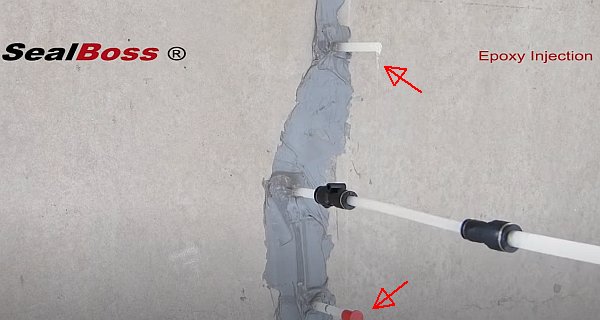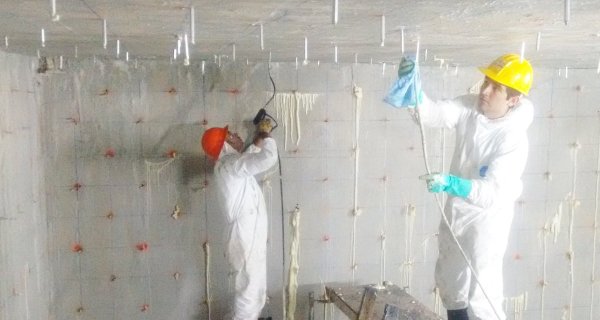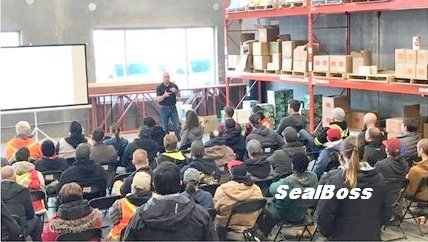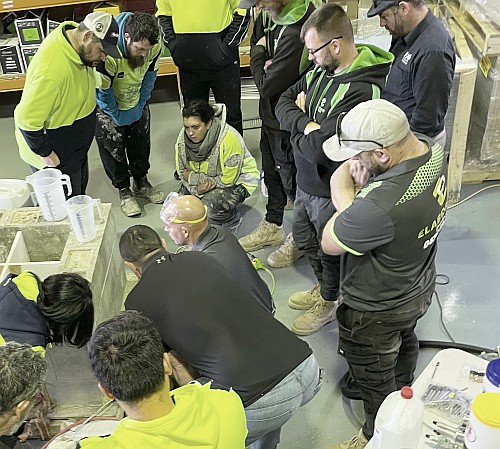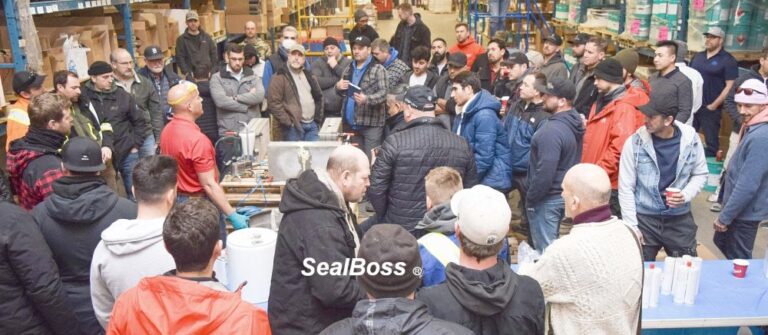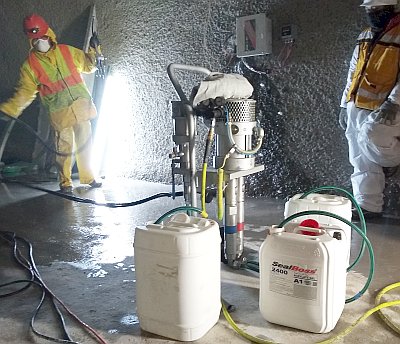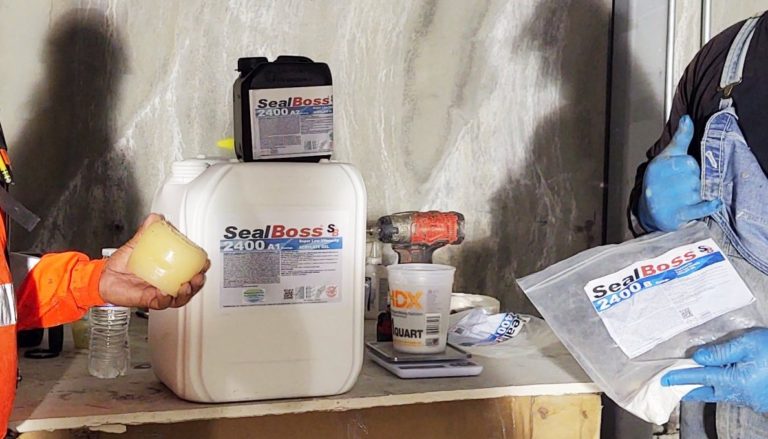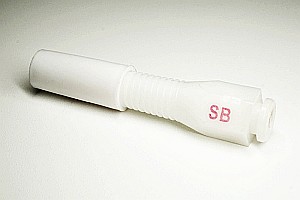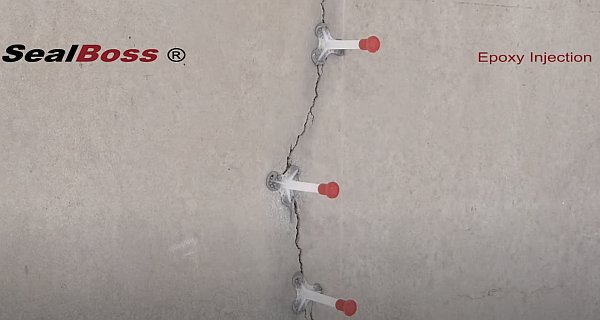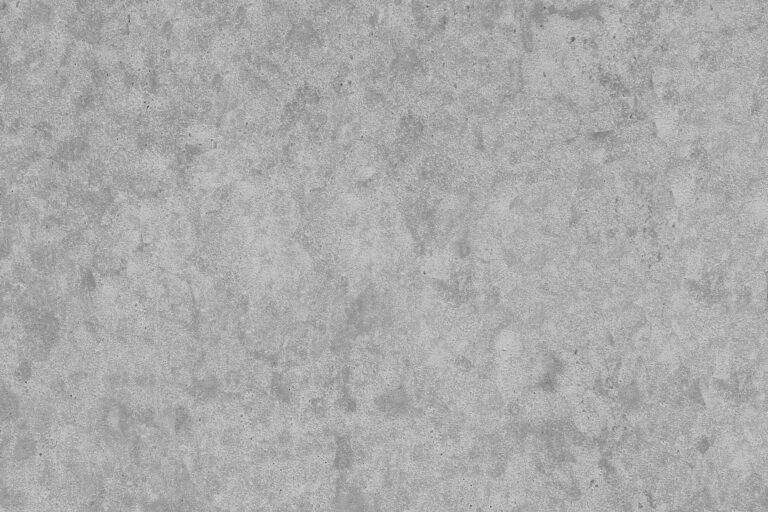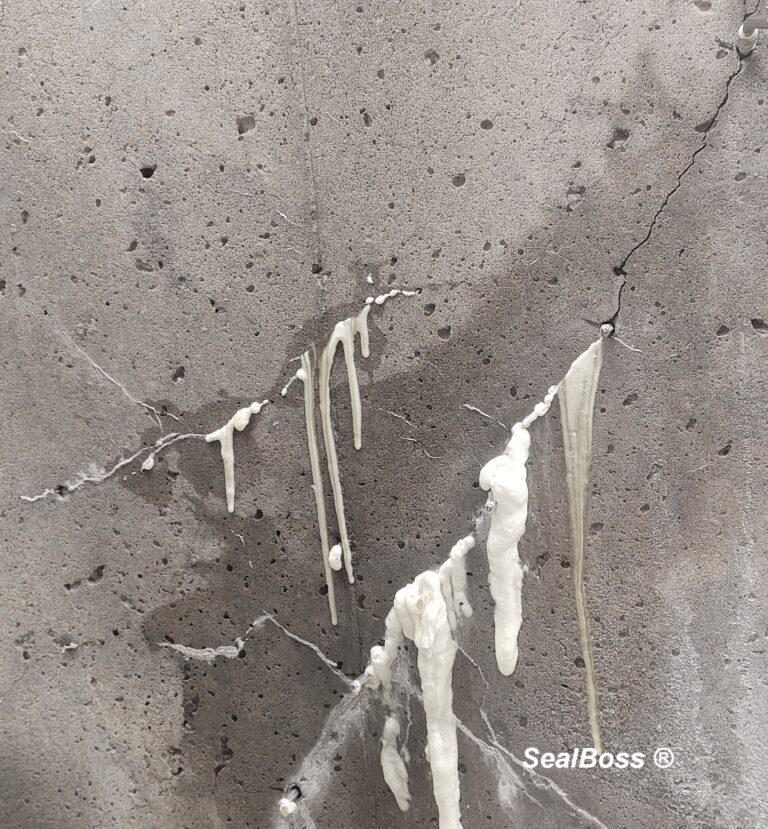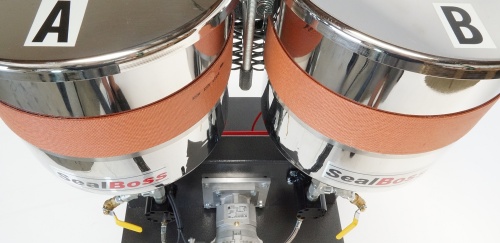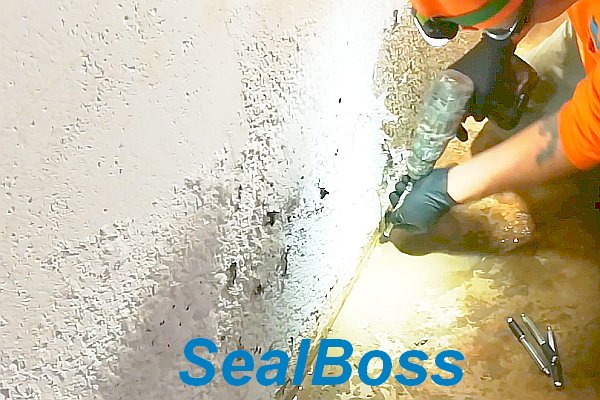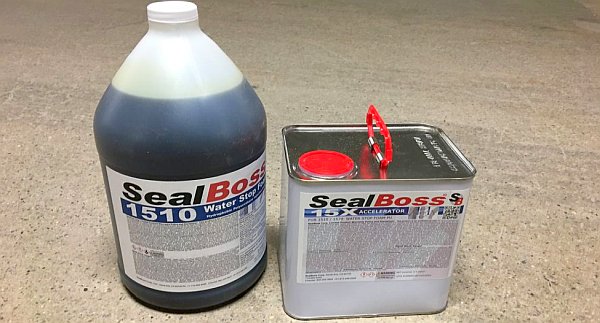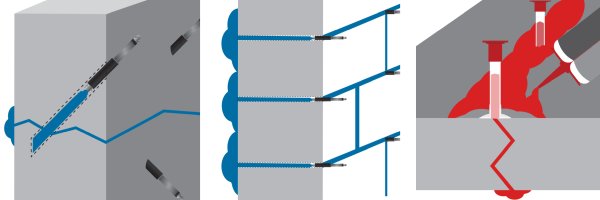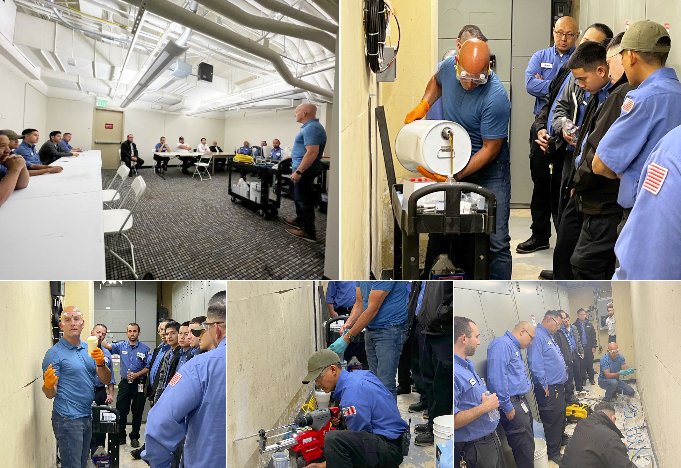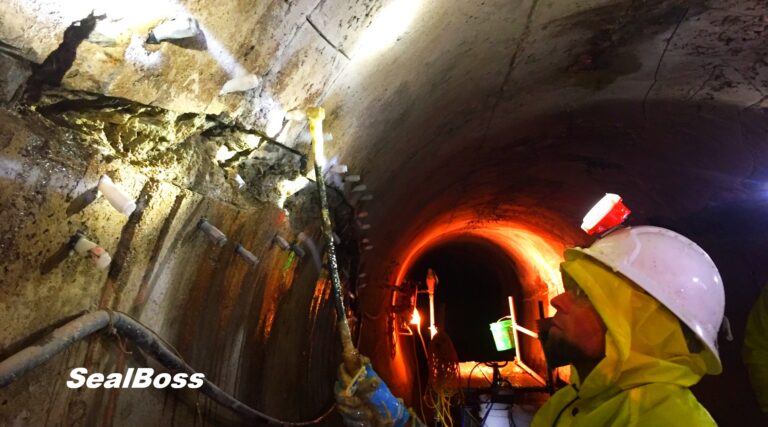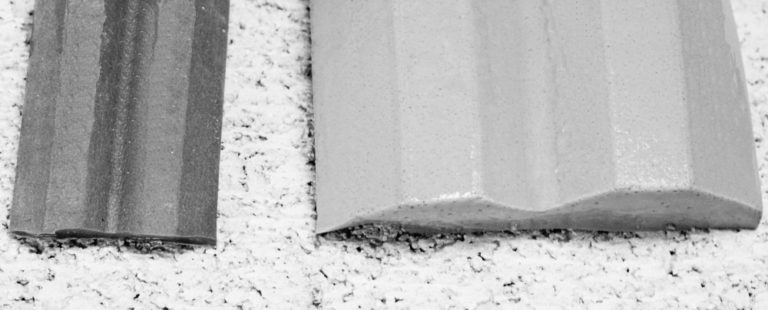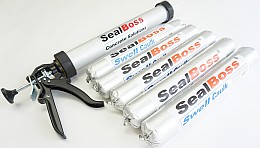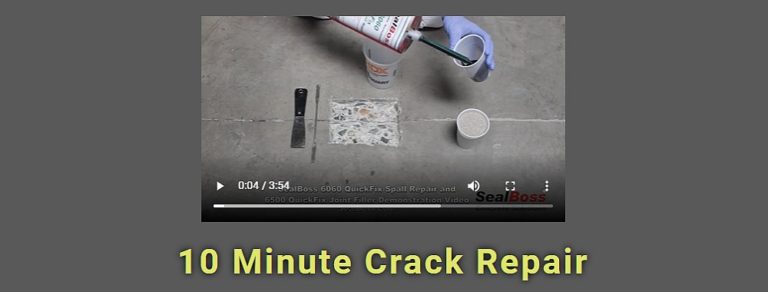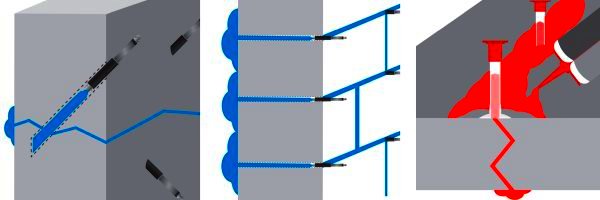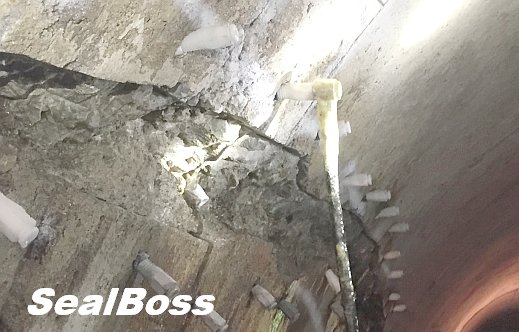Epoxy vs Polyurethane Injection
Crack Injection Superheroes
Epoxy Resins versus Polyurethane Resins
A Concrete Crack Injection Comparison
Epoxy versus Polyurethane Crack Injection
Epoxy and Polyurethane Resin Based Crack Repair Systems are the Superheroes of Concrete Crack Repair
When you need to repair a crack in a concrete structure — such as a foundation or wall — from the inside (negative side) of the structure, there are typically two injection techniques and corresponding product technologies that you need to consider — epoxy resin injection and polyurethane chemical grout injection.
Epoxy Versus Polyurethane Injection – How to Differentiate the two Injection Methods and Techniques
Epoxy injection is typically performed on dry substrates versus polyurethane injection that works very well on wet and actively leaking substrates.
Fully cured high quality epoxy offers outstanding compressive and tensile strength properties, making epoxy injection the preferred method where structural crack repair is desired.
Polyurethane injection is performed to seal active leaks, prevent moisture migration and to protect structures from corrosion and water related decay. Polyurethanes are designed to interact and expand in contact with moisture, making polyurethane injection technology superior in wet and actively leaking environments.
There is an injection solution to most concrete crack related problems. But, there is no one-size-fits-all solution.
Let us compare some of the main characteristics of each type of crack injection, outlining their strengths and their recommended range of applications.
Injection Repair Conditions and Objectives
- Does your crack impact the structure?
- Do you need to restore structural strength to the structure?
- Does the crack carry water?
- Is the crack actively leaking?
- Do you need to protect the structure from water ingress and water damages?
Comparison of the Characteristics of Epoxy and Polyurethane Polymers and Elastomers
Epoxies and polyurethane polymers are chemical resins with different reaction profiles and physical properties.
Epoxy is a strong adhesive or glue that does essentially not expand. While curing epoxy creates a strong bond with the concrete substrate and ultimately provides a repair of high compressive and tensile strength properties.
Epoxy is a two component system, one component is the epoxy resin and the second is the hardener. The components are blended in the static mixer of the injection pump applicator immediately before crack injection. Injection epoxies cure chemically within a specified time and harden further over days and weeks.
Polyurethane injection foam is primarily a water activated sealant or leak-seal grout with expanding properties during reaction. The cured product creates a compression seal of varying flexibility.
Polyurethane foam resin often utilizes an activator or accelerator. Resin and activator are mixed before they are injected. Polyurethane resins are also available in two component chemical cure variants. No moisture needed.
Polyurethanes are extremely versatile. Their chemical and physical properties vary to suit the needs of specific applications and jobsite conditions.
Polyurethane resins vary from rigid and strong to flexible, rubbery and soft elastomer compositions. The initial cure time for crack injection polyurethanes is generally 1 – 10 minutes and is influenced by accelerator usage, temperature and moisture availability.
Differences in The Epoxy and Polyurethane Crack Injection Processes
Epoxy crack injections are typically performed at lower injection pressures (20-200 psi) and with surface mounted ports.
Polyurethane crack injection is often performed at higher pressures to move the expanding foam through the cracks with special injection pumps and packers installed into drilled holes. The injected polyurethane is supposed to fill the crack through the entire thickness of the structure thereby preventing water from entering the crack.
Epoxy Crack Injection
- Structural Repair – The tensile strength and compression strength of cured epoxy is typically much greater than the strength of concrete making epoxy a good choice for foundation wall structural crack repair. When tension is applied to a crack due to thermal cycling or other forces, the cured epoxy crack repair will not typically yield. Epoxy is typically rigid and not flexible.
- Extended curing time allows the epoxy to penetrate the crack and fine fissures. SealBoss epoxies can be obtained in various viscosities to suit fine to wide cracks.
- Dry Substrate Recommended – Epoxy typically has reduced adhesion to wet and saturated surfaces. A dry environment is desired for best results. Actively Leaking Cracks – Epoxy cannot be used for actively leaking cracks. Epoxy resin needs to be contained in a crack until cured sufficiently to achieve full strength.
- Epoxy injection is performed through surface mounted ports. Moisture adversely affects the adhesive qualities of the anchoring epoxy used to glue the injection ports onto the crack. Without sufficient bond strength, the anchoring epoxy will not withstand the pressure of the injection.
SealBoss provides mechanical packers and special plastic packers to permit epoxy injection in adverse environments.
Polyurethane Crack Injection
- Wet and Dry Applications – Polyurethane injection foams and resins can be used in adverse environments regardless of the condition of the crack and the weather. The crack can be fine or wide, actively leaking, full of mud and/or mineral deposits. (Whenever possible it is advised to flush and clean out a crack prior to injection)
- Water Stop and Structure Preservation – The rapid curing of polyurethane is beneficial when stopping a gushing leak. The chemical expansion of the polyurethane foam (typically 2-40 times its original volume) makes polyurethane very effective at filling voids within the concrete. Polyurethane resins and foams play an important role in preserving concrete and rebar.
- Not a Structural Repair – Polyurethanes do not provide structural repairs in concrete cracks.
- High injection pressures are often required to move PU foam into fine cracks and fissures.
- Mechanical packers require drill holes. No matter if the crack is actively leaking, under water or the concrete is deteriorated, mechanical packers are designed to work in adverse environments.
EPOXY (EP)
- Rigid, very strong adhesive for structural repairs
- Mainly for dry or damp environments, potentially reduced adhesion on wet substrates
- Excellent to regain structural strength in torn structures: earthquake damage, extended stress damage, shrinkage cracks, corrosion
- Not a water-stop material and does not tolerate extended movement – cracks can form next to repair
- Two component formulation – Quick reaction time and cure
- Viscosities from very low liquid to paste
- Very resistant, long term solution
- Available in bulk and cartridges
- Recommended Products:
Resins: 4040, 4050
Paste/Putty: 4500 Epoxy Quick Seal
Cartridge System: 4000 Epoxy Cartridge System
SealBoss Surface Mounted Ports / Injection Packers
POLYURETHANE (PU)
- Flexible to semi-flexible sealants with less structural strength compared to EP
- Typically Hydro-Active – reacts with water forming foams (water-stop & leak-seal), gels and solid (non cellular) flexible or semi flexible sealants
- Two Component PU Resins can be dry reactive. No water needed
- Classified as hydrophobic (foams/resins) for crack injection, joints voids or hydrophilic (foams/gels) for curtain, bladder injection behind structures. Both groups are water activated for use in wet environments
- Superior water-stop capabilities
- Single or two component, accelerators common. Viscosities low to medium. Very resistant, long term solution
- Recommended Products:
Foams: 1510, 1570, 1570 LV
Flexible resin: 1403, 1503 LV-Resin Line
Gel/Foam: Flexgel2
Cartridge System Available
Epoxy versus Polyurethane – Conclusion
In non structural water related repairs PU is generally the material of choice. This is true for most below grade repairs including basements, tunnels, parking garages and manholes. PU is a good void filler and is also used to stabilize dirt and lift structures.
EP is an excellent adhesive for structural repairs of stressed concrete substrates and deteriorated concrete structures.
TIP
When initiating concrete crack injection, it’s advisable to commence with an exploratory grouting or mock-up injection stage. This entails identifying a deep, distinctly defined, and potentially actively leaking crack for the initial injection. This preliminary step facilitates the estimation of required material quantity and necessary injection pressures.
The consumption of material should be closely monitored and measured, and the injection pressures should be accurately assessed.
This process helps us understand the conditions of the project and plan the remaining injection process effectively.
Accessories
EPOXY (EP)
- Surface port injection at lower injection pressures 30 – 100 psi — Reason: Injection is typically done in dry environments and surface ports can be attached easily with epoxy adhesive.
- Holes do not have to be drilled – there are exceptions
- The crack surface between the ports has to be surface sealed to prevent leakage during injection
- The viscosity of the epoxy resin stays low during the injection process, resulting in lower injection pressures
- Recommended Products:
Surface ports, specialty ports
POLYURETHANE (PU)
- Mechanical packer injection at higher pressures 50 – 3000 psi — Reason: PU injection is often performed in a wet environment where adhesives for surface ports cannot be used.
- Mechanical packers are installed by drilling a hole into the structure which the packer fits snugly. The packer is tightened mechanically for high pressure injection
- PU Foam immediately reacts with moisture in the crack increasing resistance of product flow, resulting in higher injection pressures
- Recommended Products:
Complete line of packers: S-Type, R-Type, custom sizes, Hammer-in packers, specialty packers
Conclusion:
PU generally needs higher pressures and therefor the more sophisticated connectors / packers. There are many exceptions. For example curtain injection with PU gel into the space between structure and soil needs lower injection pressures but higher rates of material flow. The filling of larger voids and joint injection also uses lower pressures. PU injection through surface ports is not common, but high pressure epoxy injection through packers is seen more frequently. Reasons could be very thick concrete to be penetrated or damp / wet surface conditions.
Pumps
EPOXY (EP)
- Two component equipment for most epoxy resins for ease of use and precise mixing
- Epoxy is a very strong adhesive and may render equipment unusable if not cleaned thoroughly
- EP is not very moisture sensitive and not moisture reactive. Epoxy does not expand during reaction – which results in lower injection pressures
- Pneumatic or manual guns for cartridge systems / smaller jobs
- Two component injection pumps achieve high injection pressures for large volume commercial injection projects. Pumps are pneumatic or electric
- SealBoss Corp. supplies EP resins and paste also in cartridges
- Recommended Products:
Hand held guns, electric pump P3003, pneumatic pump PA3000, 4000 Cartridge System
POLYURETHANE (PU)
- Single component equipment for most water activated hydrophobic PU foams, accelerator to be added prior to pumping
- Either single or two component equipment for true two component PU resins such as 1400 LV-Resin Line
- Either single component or multi-ratio two component equipment for hydrophilic PU Gels based on the application and product.
- Single component pumps include inexpensive hand held devices, hand pumps and electric pumps
- Multi ratio devices can be manual, electric and pneumatic. SealBoss Corp. supplies PU in bulk and in containers as small as 1 gal units and in cartridges
- Recommended Products:
Hand held guns, manual pumps, electric pumps, Signature Line Pumps
Choose Your Pump:
No matter if you are faced with a minor basement leak or a major tunnel gusher of large hydrostatic pressure , we have you covered. You need to have the right tools at hand to achieve the results. SealBoss infrastructure repair pumps provide you with tried and true concrete solutions.
Final Thoughts:
Over the years, injection technology has evolved, becoming both sophisticated and intricate. At SealBoss, we pride ourselves on offering a diverse range of products, pumps, and accessories tailored to meet the ever-growing needs of injection applications.
Our commitment extends beyond just providing products; we offer comprehensive technical support to ensure you find the perfect product-equipment synergy for your project’s success. We invite you to leverage our expertise and training resources. Remember, we are only a phone call away, eager to assist and guide you.





























